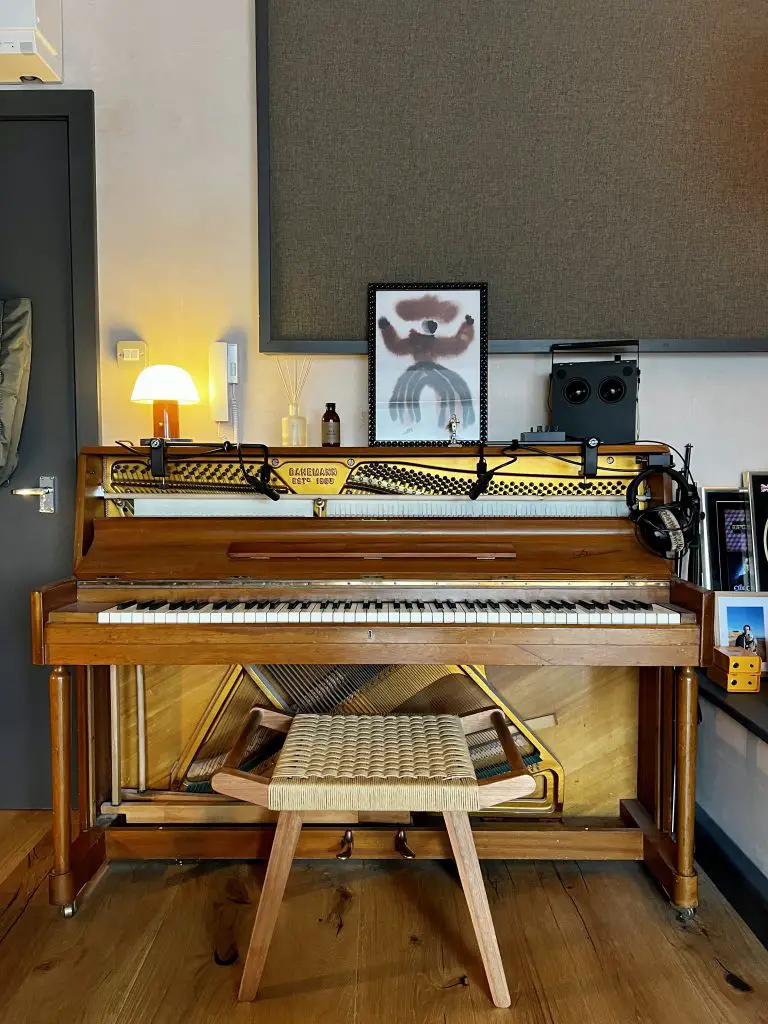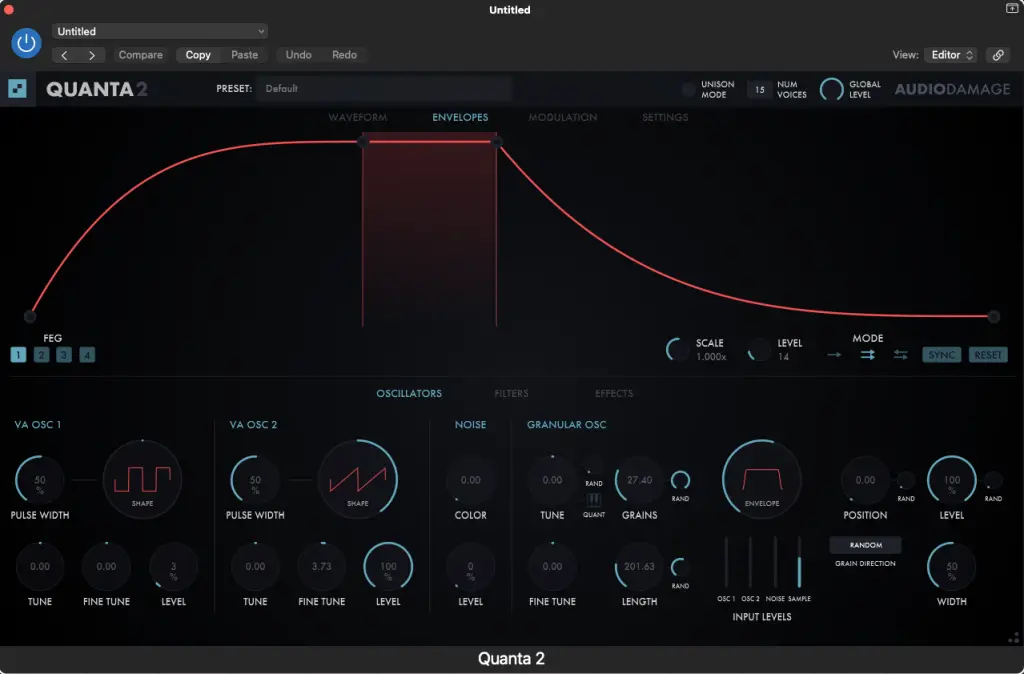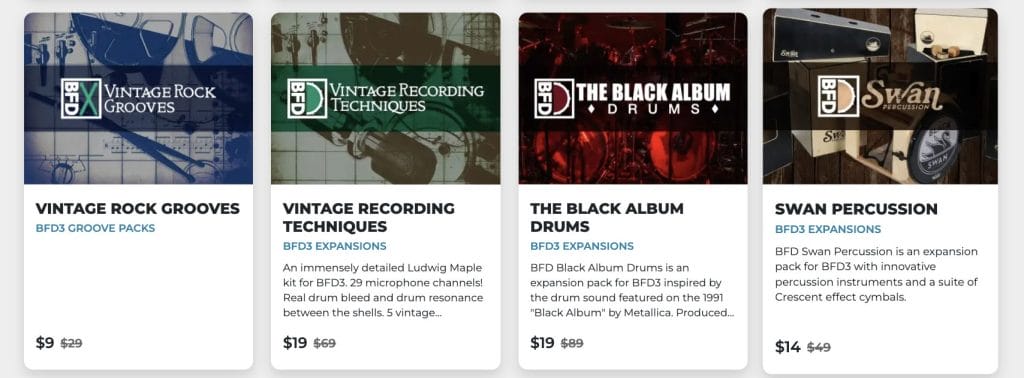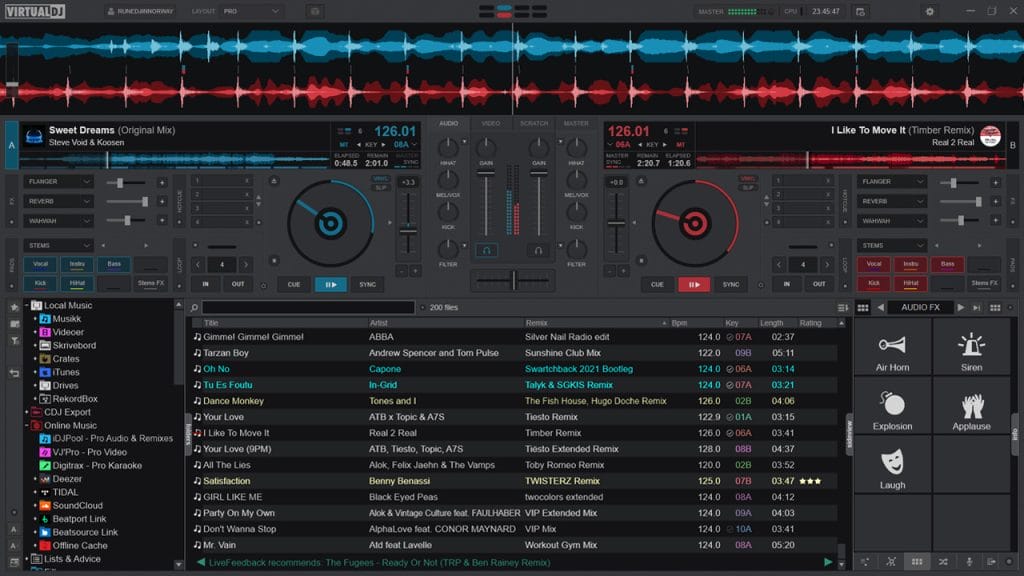Starsmith is an iconic producer who you may not be fully aware of, despite his significant impact in the industry. Known for his behind-the-scenes work, he’s collaborated with some of the biggest names in music, including Ellie Goulding. He played a pivotal role in Goulding’s debut album, Lights, which sold over 2 million copies and topped charts worldwide. Now, after more than a decade, Starsmith is stepping into the spotlight with his new single, “Leave Me Slowly,” a track co-written with Goulding herself.
“Leave Me Slowly” is a powerful blend of emotionally-driven music and cutting-edge production. Curious about how Starsmith crafted this unique sound, we invited him to share insights into the tools and plugins he used in the studio. So, listen to the track below, co-written by Ellie Goulding, and dive into the latest iteration of how it was made, straight from Starsmith himself.
BUY/STREAM: https://fanlink.tv/LeaveMeSlowly
Upright Piano

Not a plugin or a synth, but my upright is the first thing I normally go to when I’m starting a song. It has so much character, it’s not really a players piano but to me it has a lot more depth.
I sat at the piano after making a 16 bar loop of some vocal chops, and putting a simple kick underneath. My friend installed a felt bar on it, which gives it a really dark and moody tone, very soft and muted. It took a lot of takes to get the right voicing and movement in the chords, lots of editing in Logic afterwards. I have a default plugin chain for this piano, which is a bit of multi band compression and soothe, and I added some distortion with Prisma.
A piano sound like this probably isn’t the first thing you’d go to in a dance track, but it gave the song a bed that I was able to work on top of with smaller details and avoid some of the more obvious sounds I might have gone for.
Quanta 2

I got the demo of Quanta 2 the day I started this song, so at the start it was all about playing around with it and seeing what came out of it. I love granulators, audio damage make some amazing plugins. I had no idea what I was doing at first, so some amazing sounds came out early on that I’ve placed all around the song.
I bounced the vocal samples and piano, I think a 1 bar section, and loaded this into Quanta. You can trigger it by hitting different notes, which I held down and then dragged around parameters in the ADSR envelope to see what came out. I had it routed to a Bus, which was record enabled so I could capture all the random outputs. You can hear it on the intro/outro, and throughout the breakdown of the song quite clearly.
I find that bouncing out small sections and processing them in unique ways, then trying to blend that back into the song, really gets me out of my usual flow and muscle memory. This plugin completely changed the sonics of where this song could have gone.
autochroma

autochroma is another granulator plugin. You can do some very nice layering within the plugin, change the pitches of each layer, the speed and filters too.
I stayed pretty surface level with this, mainly clicking through the presets but it created some sounds I wouldn’t know how to replicate on anything else. I used it on a pad sound thats mainly in the verses. It gave it a weird movement alongside the piano, otherwise they were sonically too similar and thick in the mix. This gave it separation and provided a bit of randomness to the sound.
Plugins like this make it so easy to throw yourself in a completely new direction with one click, I wouldn’t know where to start in trying to get that same output from a lot of other plugins I have.
Prisma

This is a multi band distortion plugin. You can load different types of distortion onto each of the 4 bands and blend them all independently of each other.
I absolutely love this plugin. The UI is fun to look at, and makes me less worried about what the output is, if it sounds good thats all that matters. So easy to change distortions on each band to see what they do. I used this on the drum bus, with a hard clip on the high end and some more traditional distortion on the low mids. The sine fold distortion creates sounds I can’t make with anything else.
Splitting the distortion out into bands gives me so much more flexibility, and its also really quick and intuitive. I find this plugin a lot easier than most to get the sound I’m looking for quickly.
MORE INFO ABOUT STARSMITH:
- INSTAGRAM: https://www.instagram.com/starsmith
- TIKTOK: https://www.tiktok.com/@starsmithmusic
The post How It Was Made: Starsmith – Leave Me Slowly appeared first on Magnetic Magazine.






